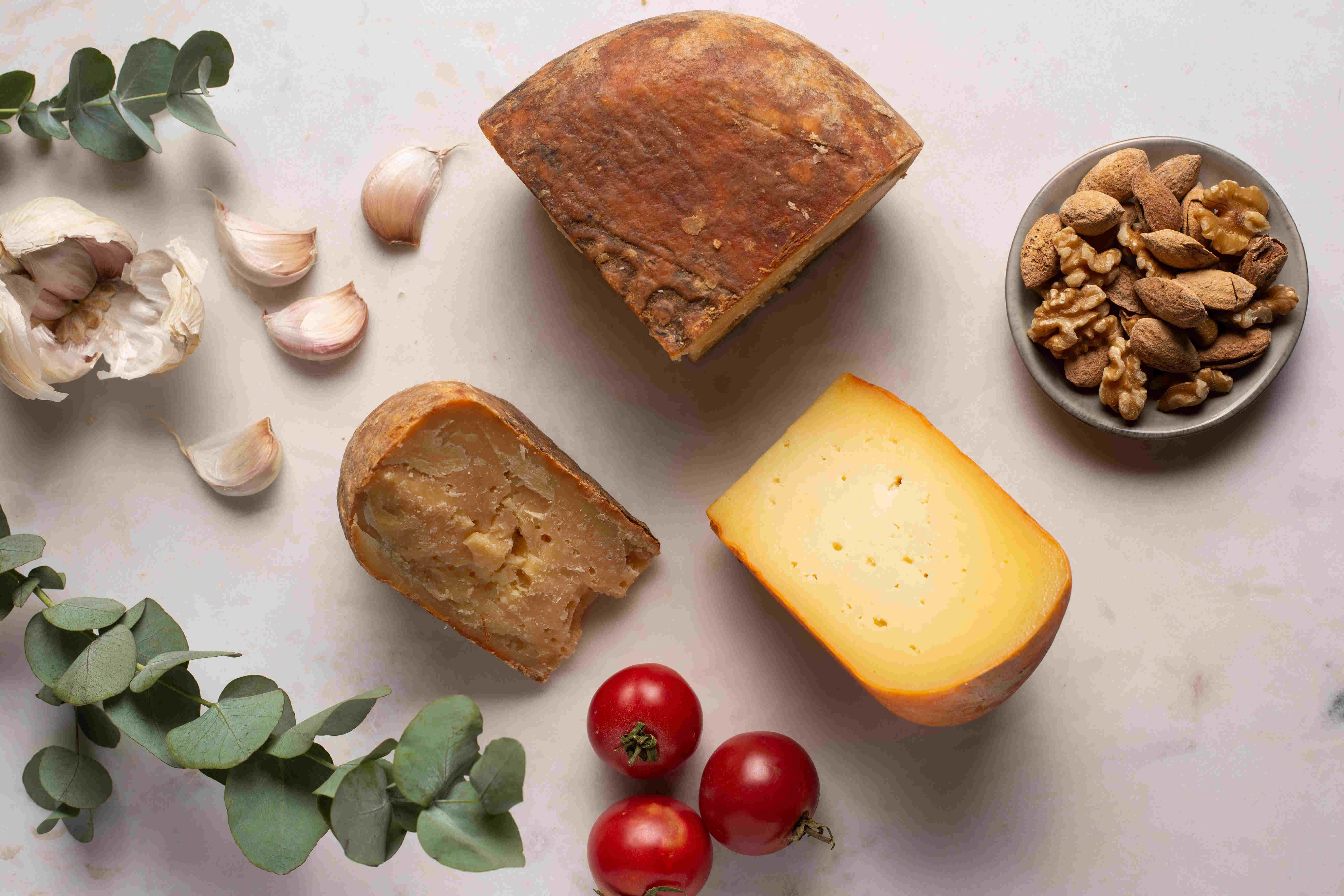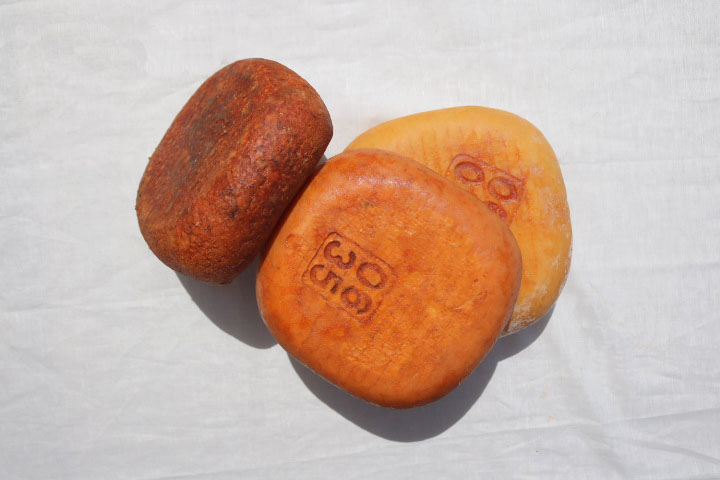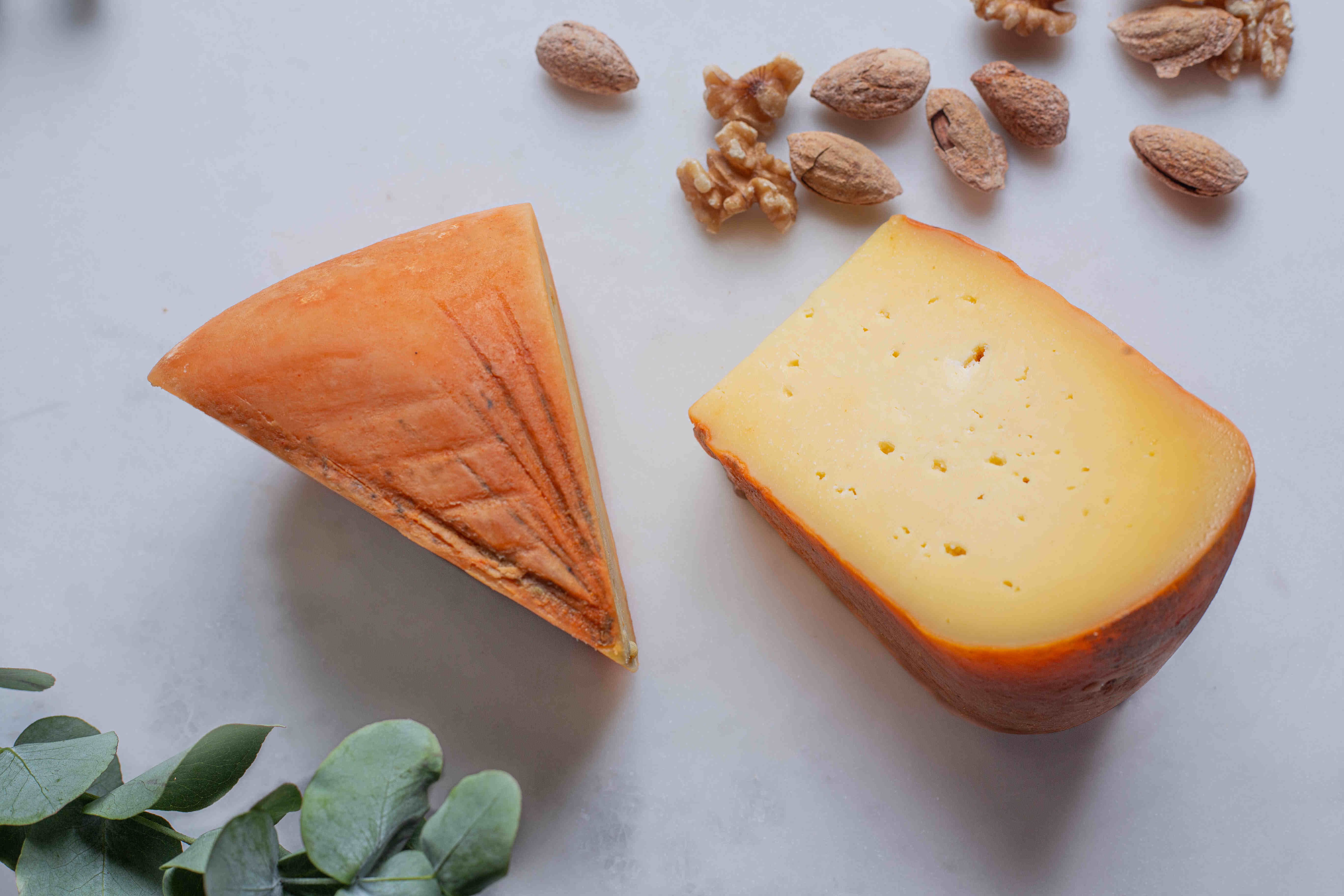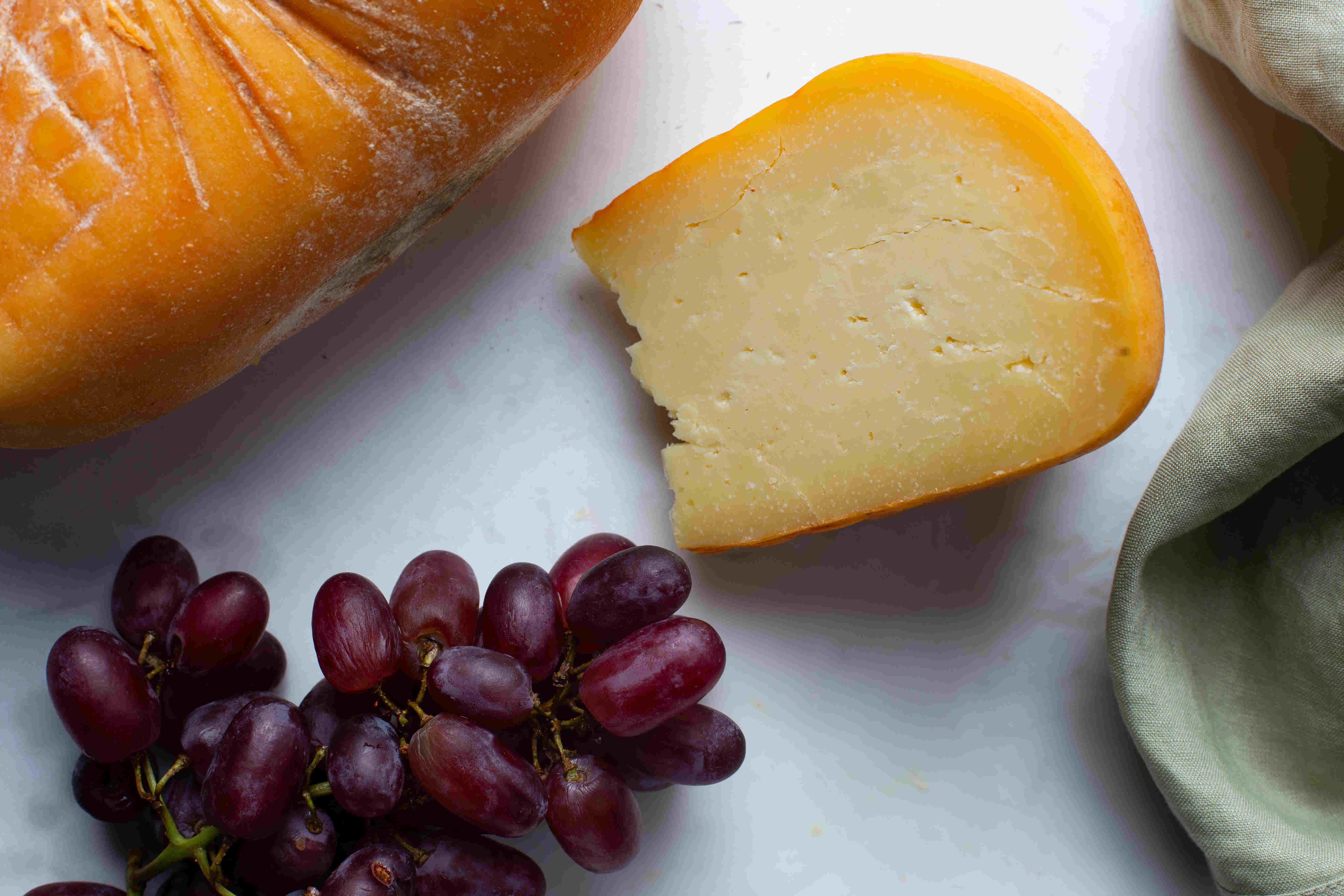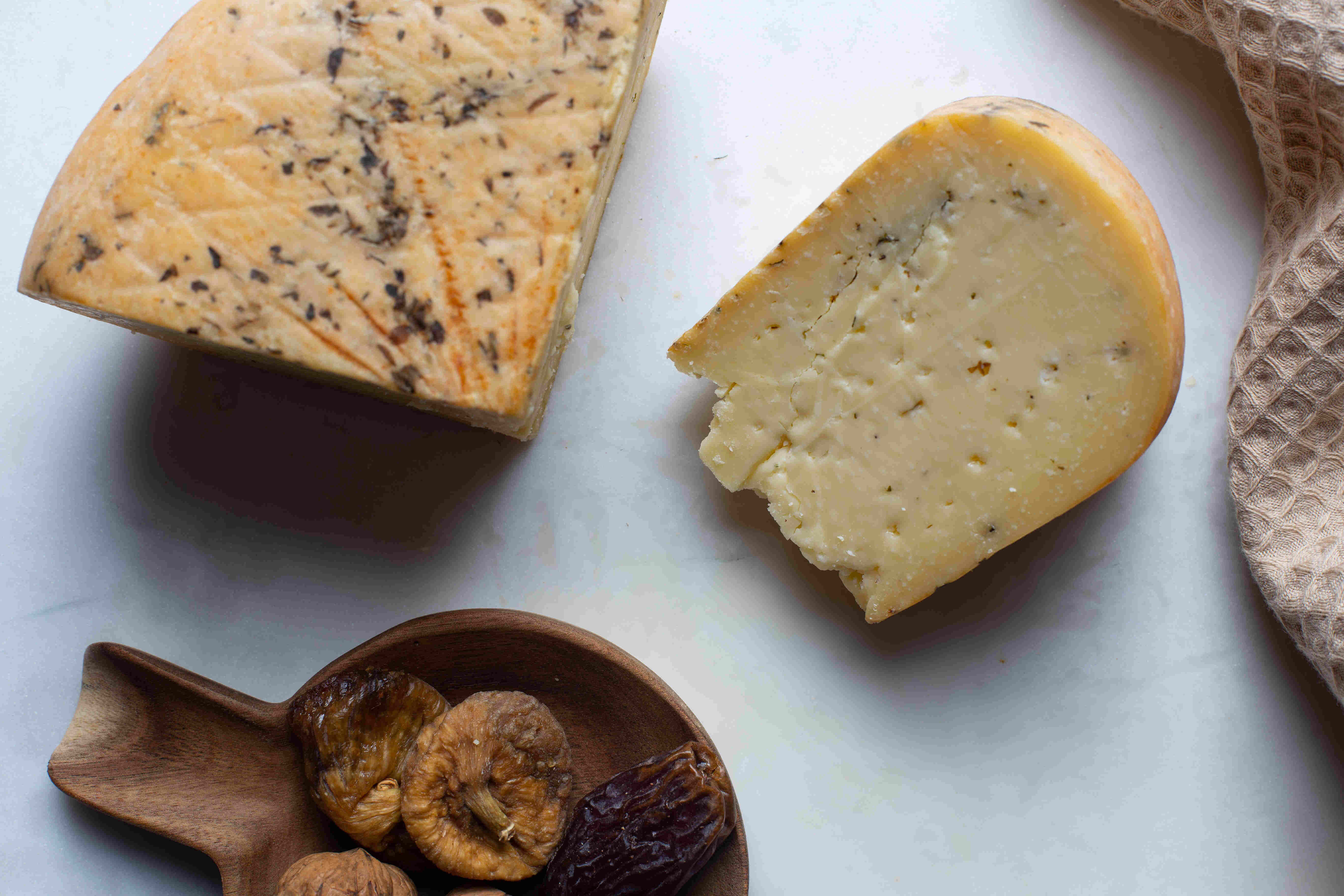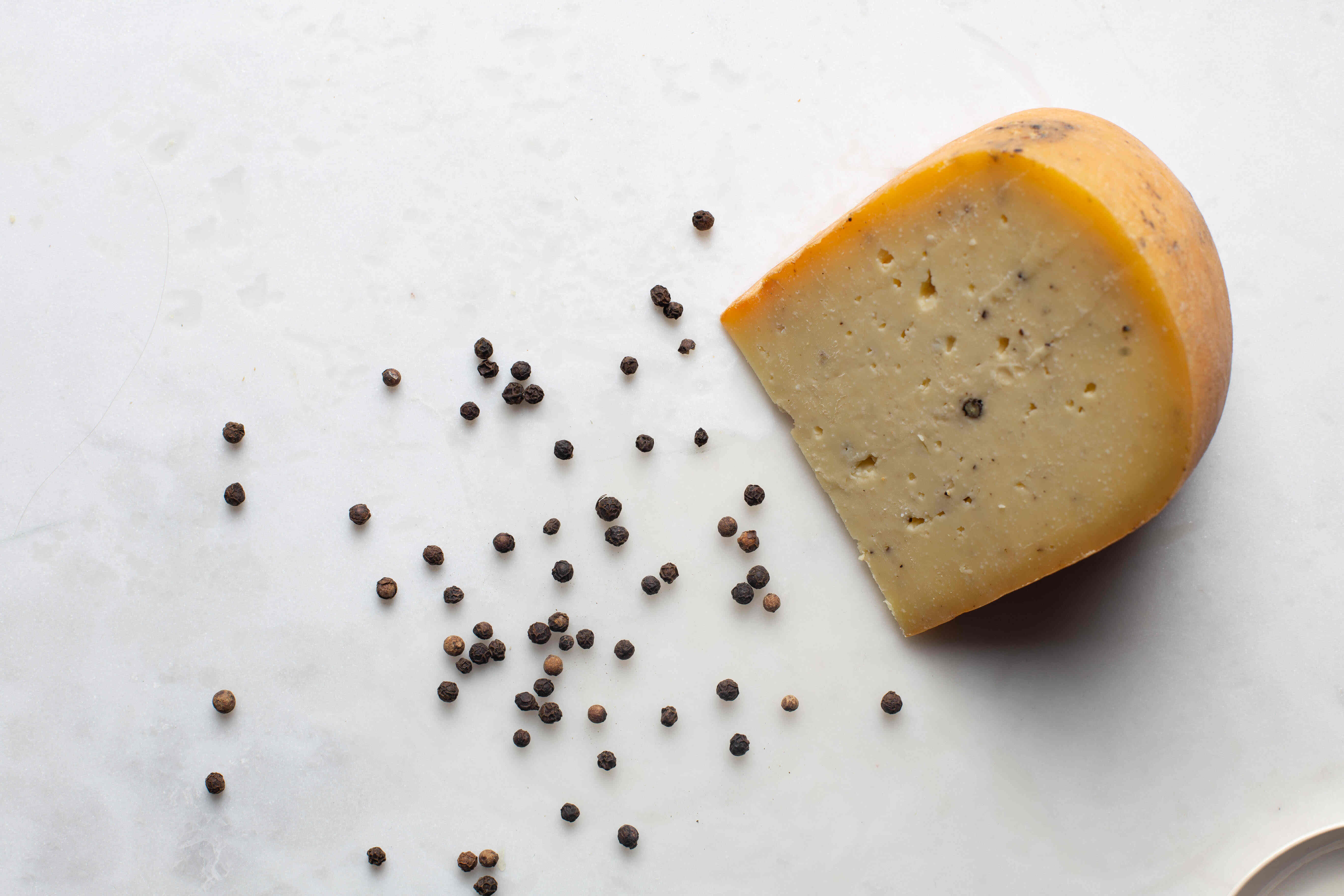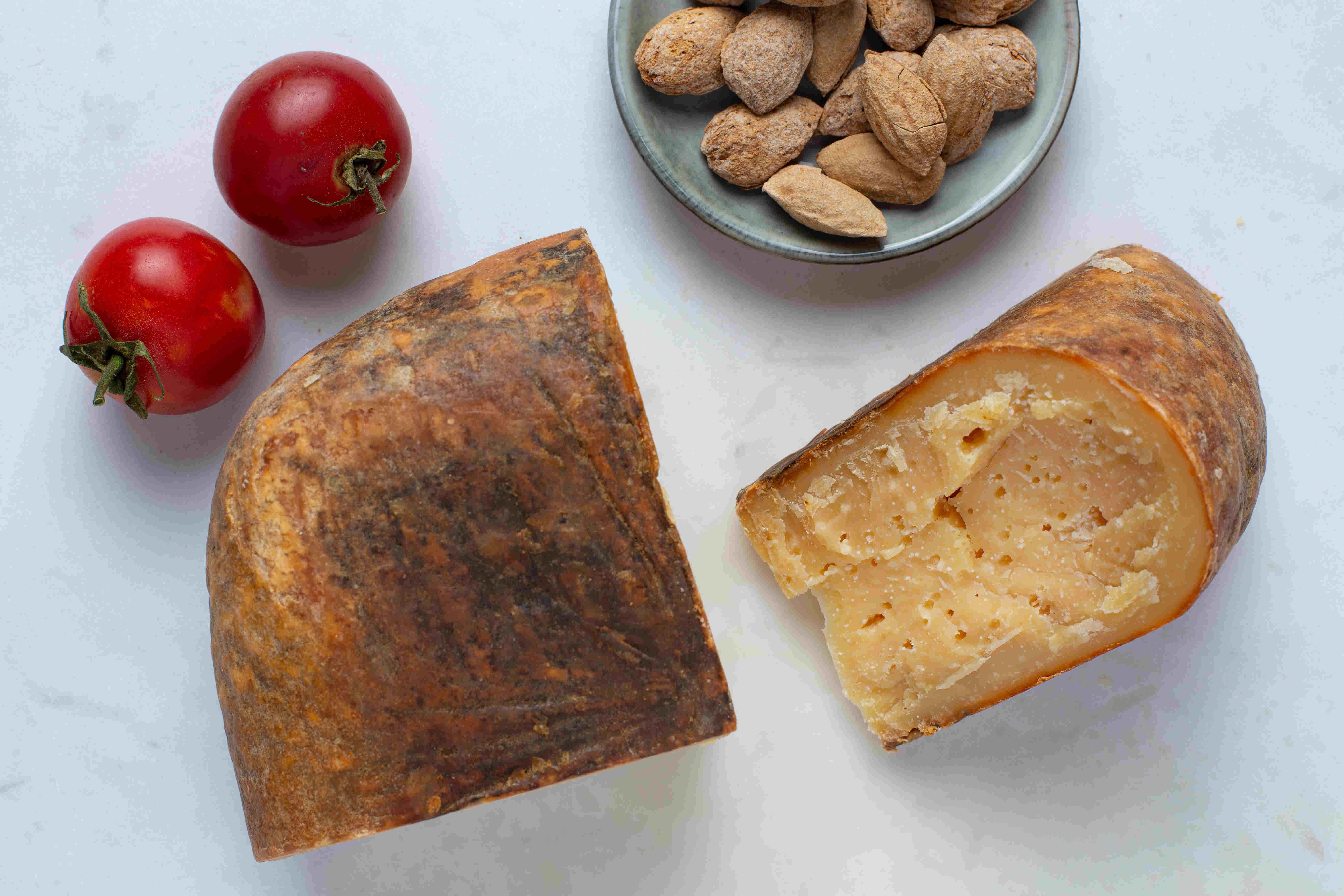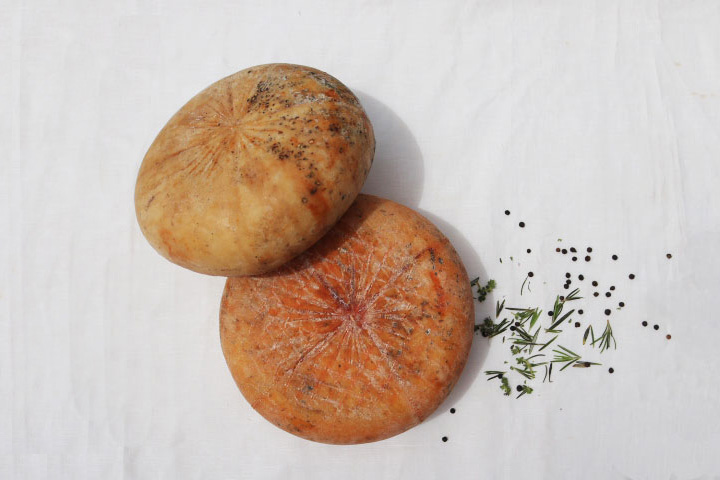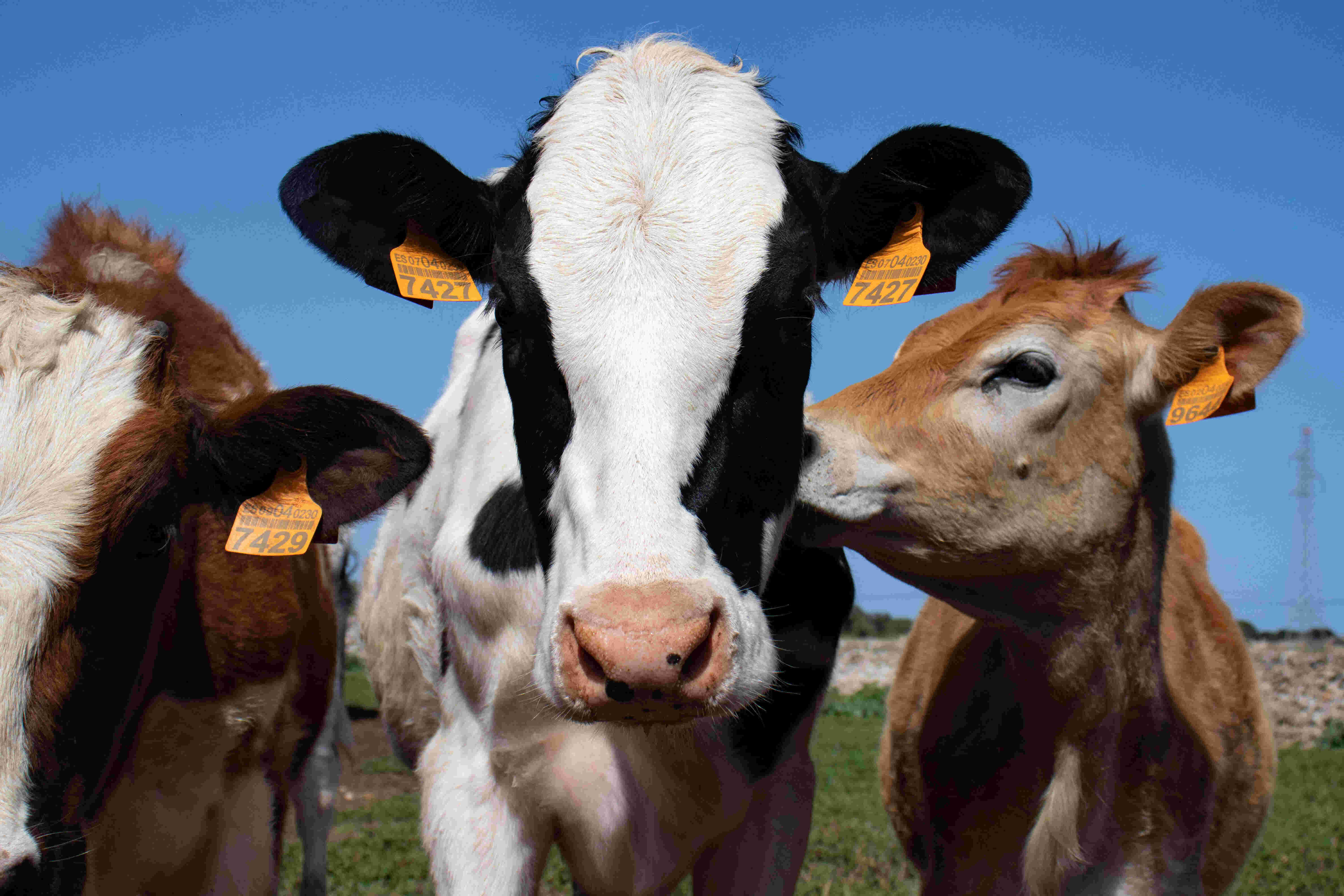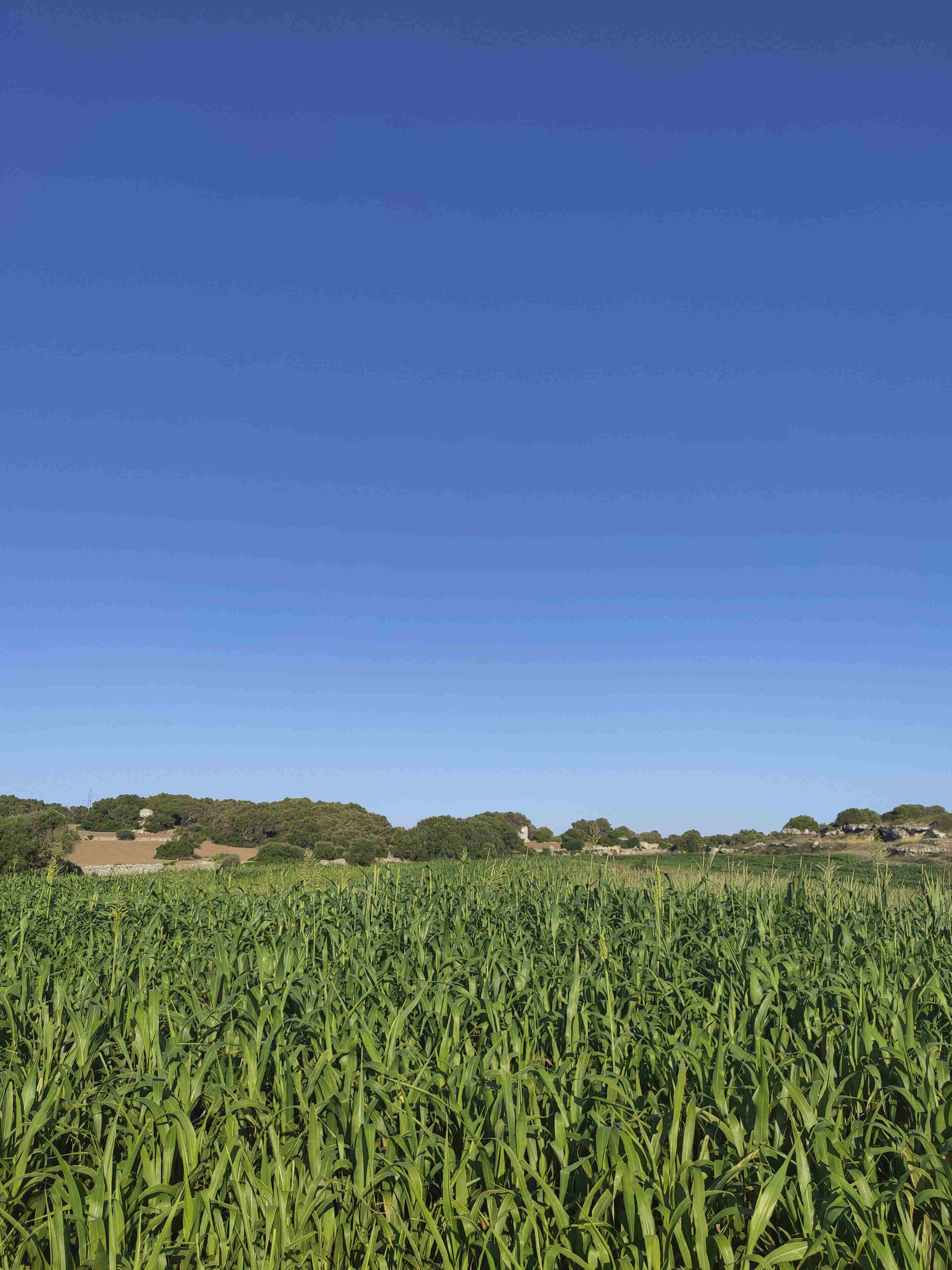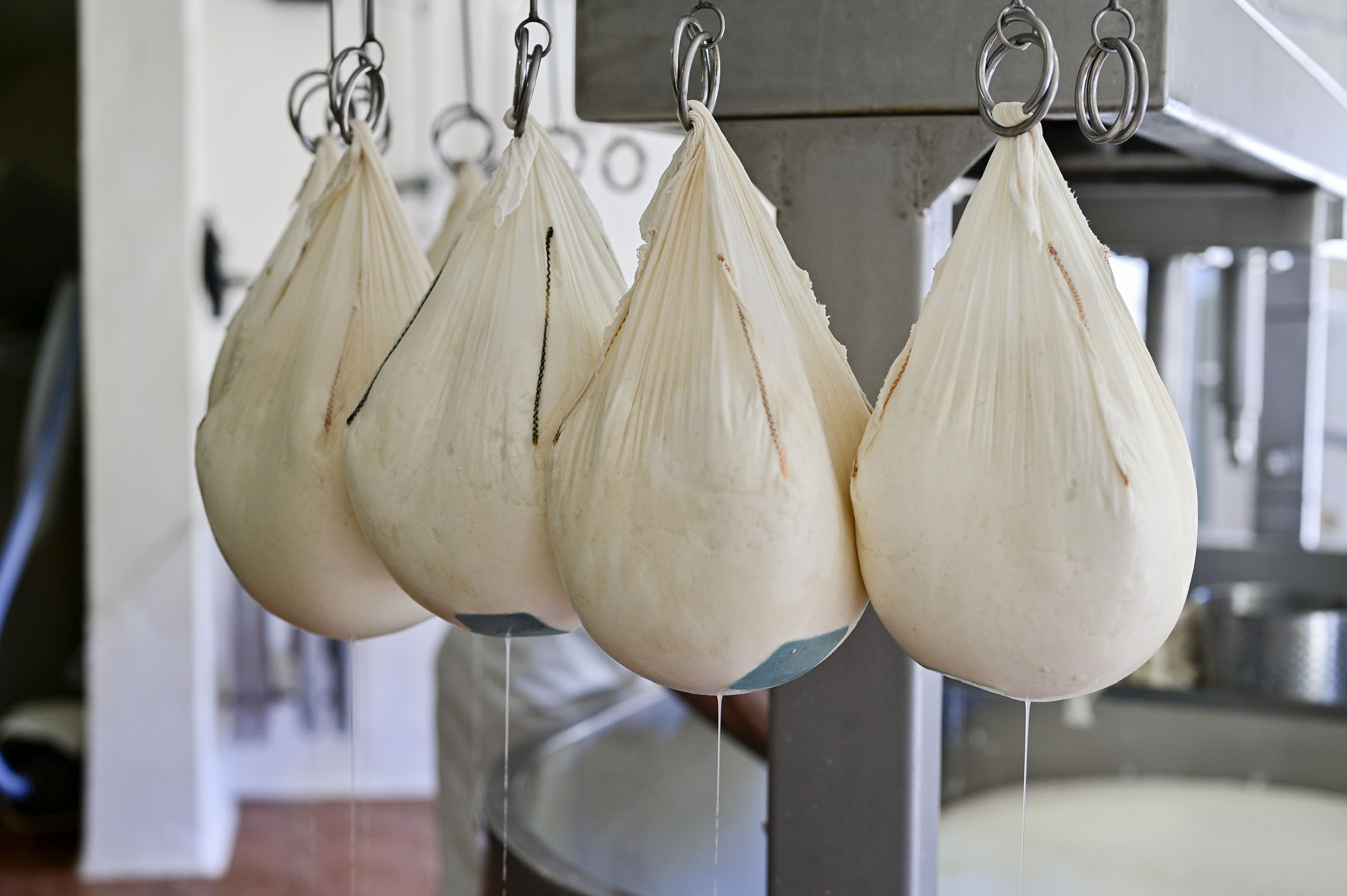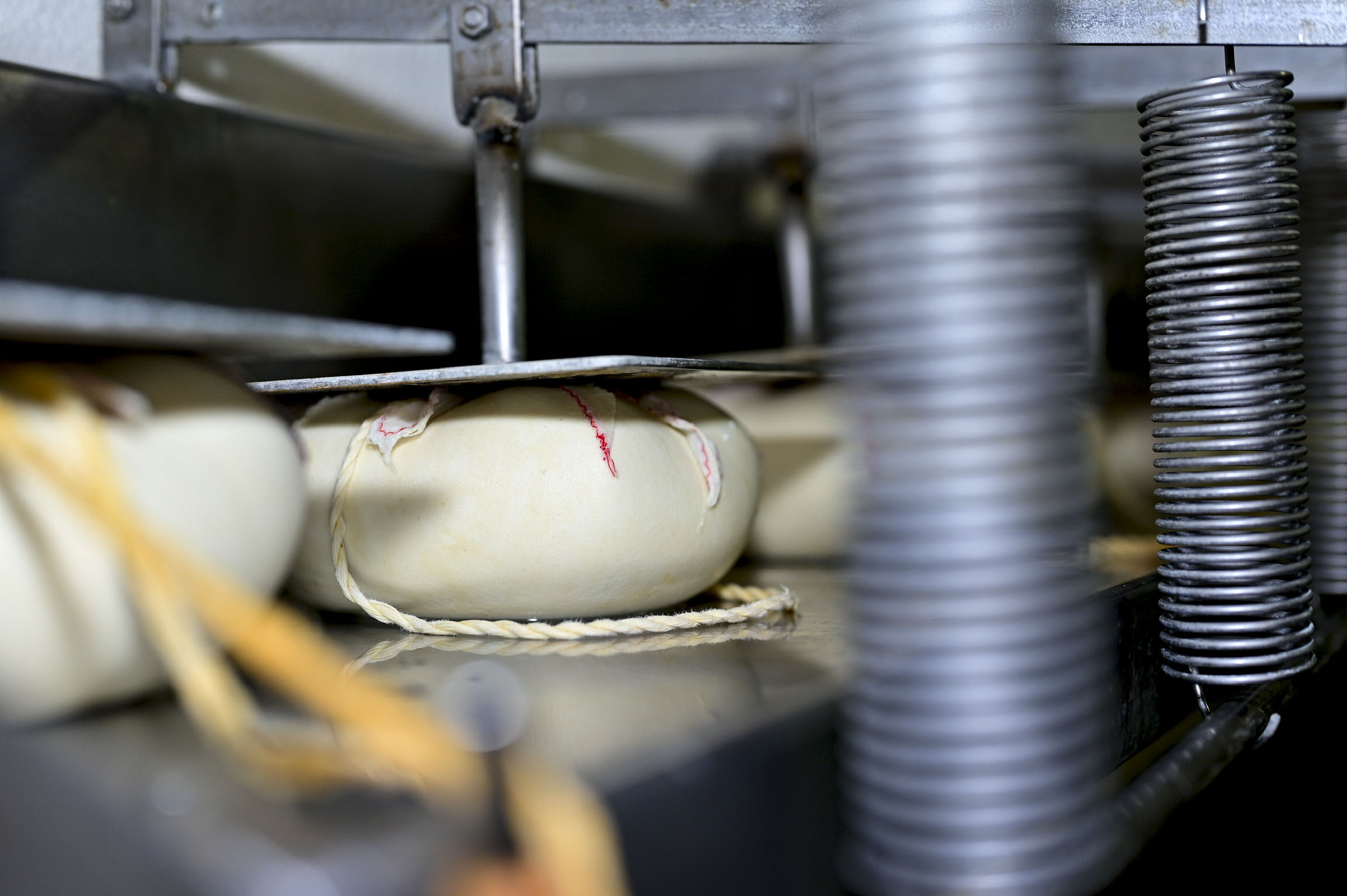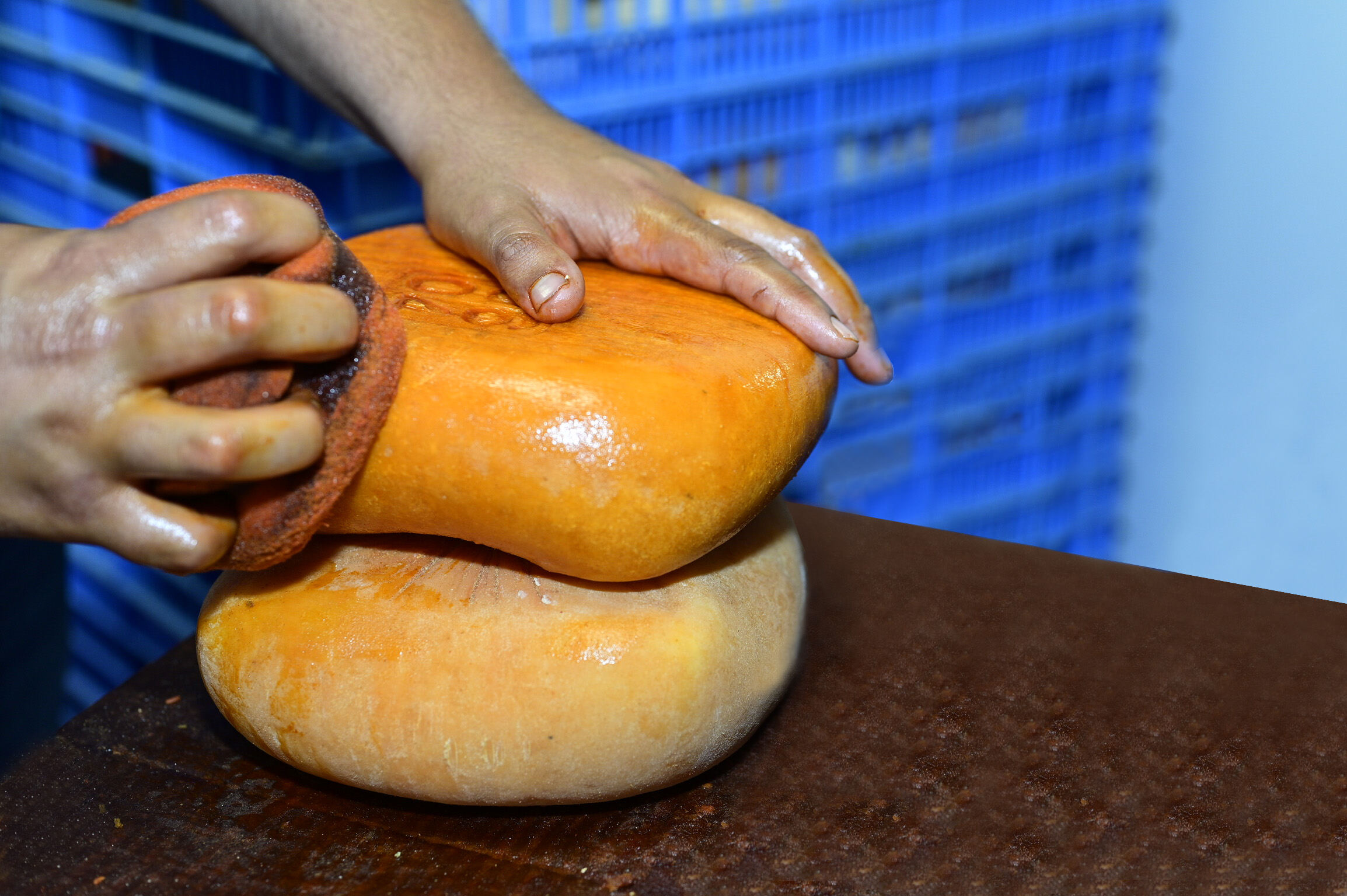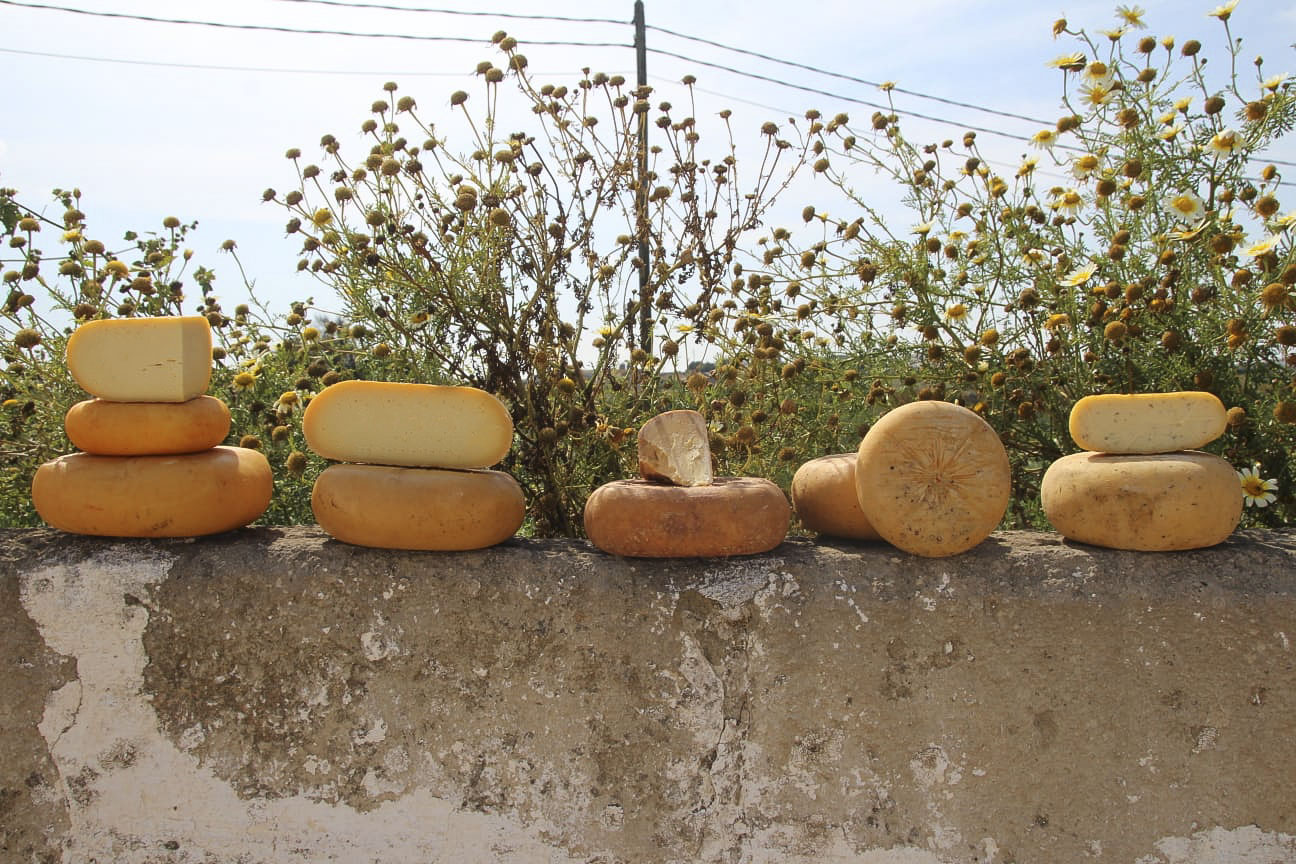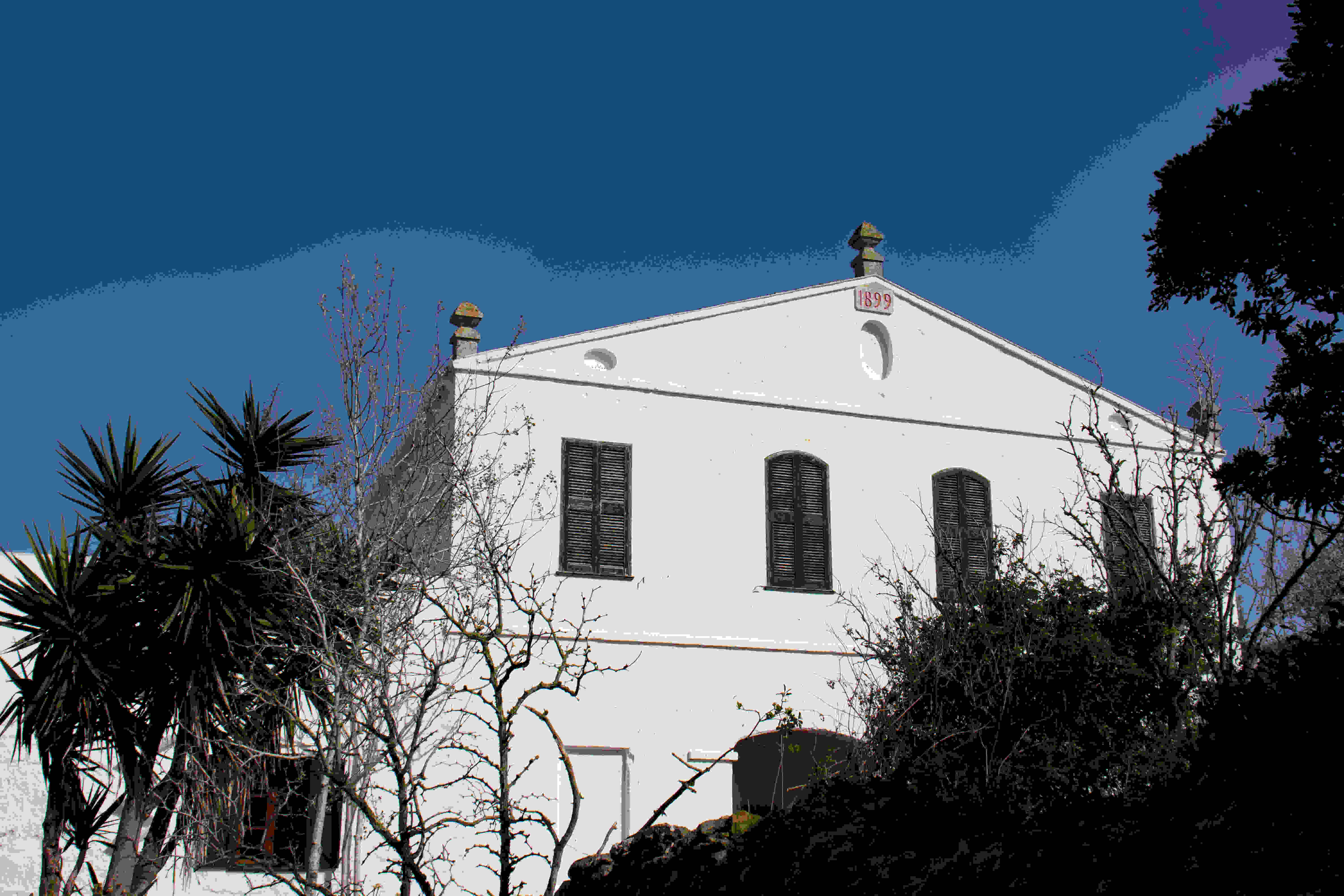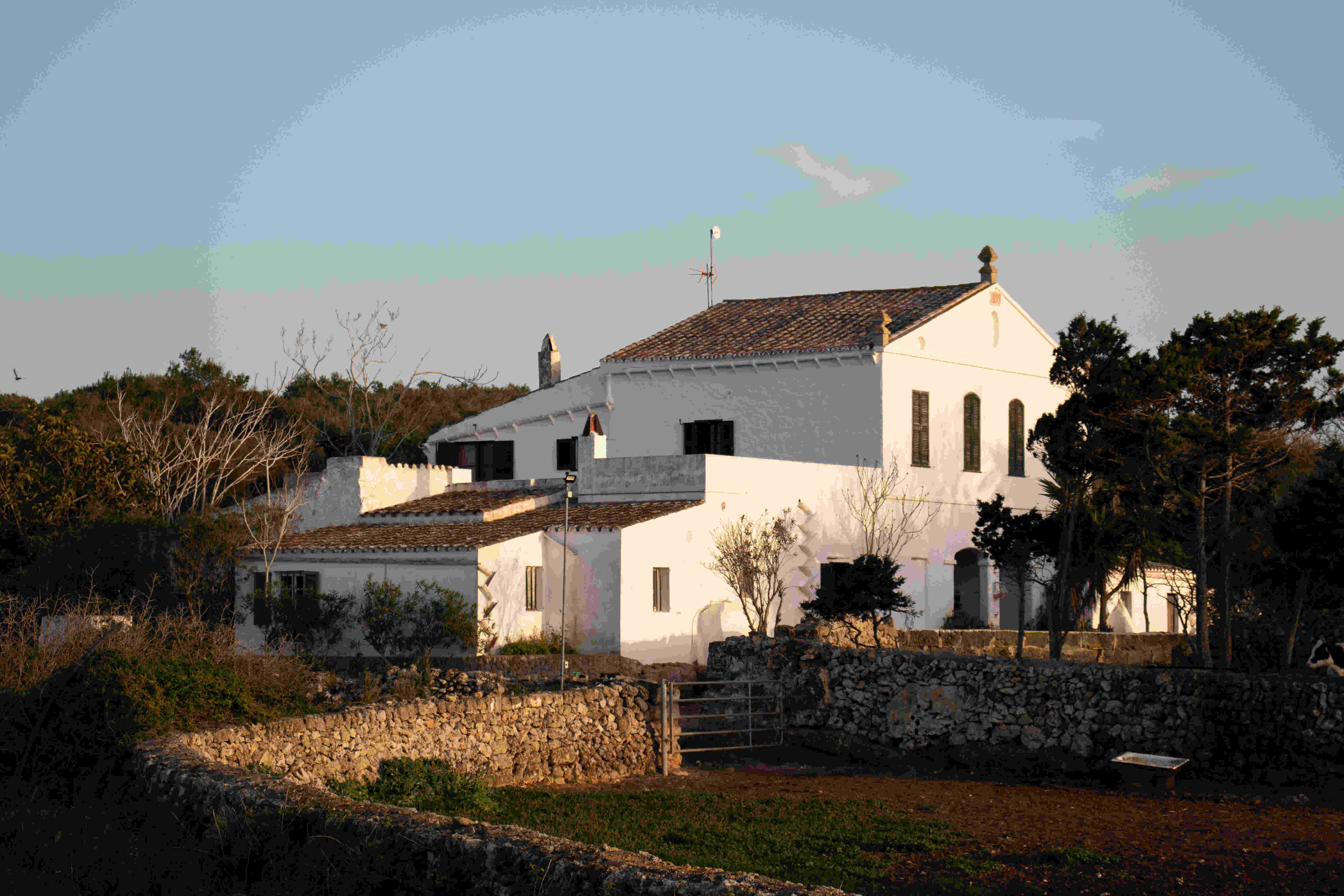From Cavalleria Nova, a small family farm, we have been producing artisanal cheese since 1899. After the last generational change in 2006, we began to market our products under the brand that today gives its name to our family business.
Our farm produces authentic artisanal cheese, made following the centuries-old and traditional Menorcan techniques. With them, we manually form the piece of cheese with a cloth that gives it the shape and wrinkles characteristic of its rind, and identifies it as Mahón-Menorca Artisan cheese.
The cheese is made with the milk produced by our own cows, which are basically fed on the natural pastures of our farm, Cavalleria Nova. With this we seek to transmit all the characteristics of a freshly obtained raw milk to our cheeses that thus treasure all the aromas and flavors of a milk of the highest quality.
Tòfol and Joana, with the help of other workers, take care of the pastures daily, which are so important in the quality of our product, and the cows, who have been receiving all their care, affection and passion for years. They are the ones who, with the fresh milk they obtain from daily milkings, make the pieces manually and take care of them, one by one, throughout the curing process.
Our facilities have the latest milking techniques and the most rigorous sanitary inspections, which ensure total hygienic control of all our products. The cows are milked in a modern, automated and highly sanitized milking parlor.
Step 1
Every day, at dawn and dusk, the cows that are in production and graze on the fields of Cavallería Nova are collected to obtain milk by automatic milking. During this process the milk is stored in refrigerated tanks.
Step 2
From the refrigerated tanks, the fresh milk is poured into the “Dutch vat”, to which the rennet is added. Once the cheese paste is formed, it is cut and separated from the whey.
Step 3
The master cheesemaker distributes the cut cheese paste on the cotton cloths (known as "fogassers") and manually shapes, one by one, the pieces of cheese ("fogasses").
Step 4
The "fogasses" are hung for a few minutes to drain the whey. Subsequently, each of them is tied with a string that prevents them from losing their shape during pressing.
Step 5
The finished pieces of cheese go to the individual presses, where they will remain for 12 hours, losing the rest of the whey they contain and thus adopting their final shape.
Step 6
Once pressed, they are immersed for 24 hours in brine. From there, they go to the drying chamber, where they remain for several days until they reach their optimal humidity level.
Step 7
From the drying chamber they are transferred to the maturation chamber, where, depending on the type of cheese to be obtained, they will rest for the remaining months of curing.
Step 8
During the curing process, the parts are periodically turned and smeared manually. To do this, olive oil is used to give the rind its final appearance.

